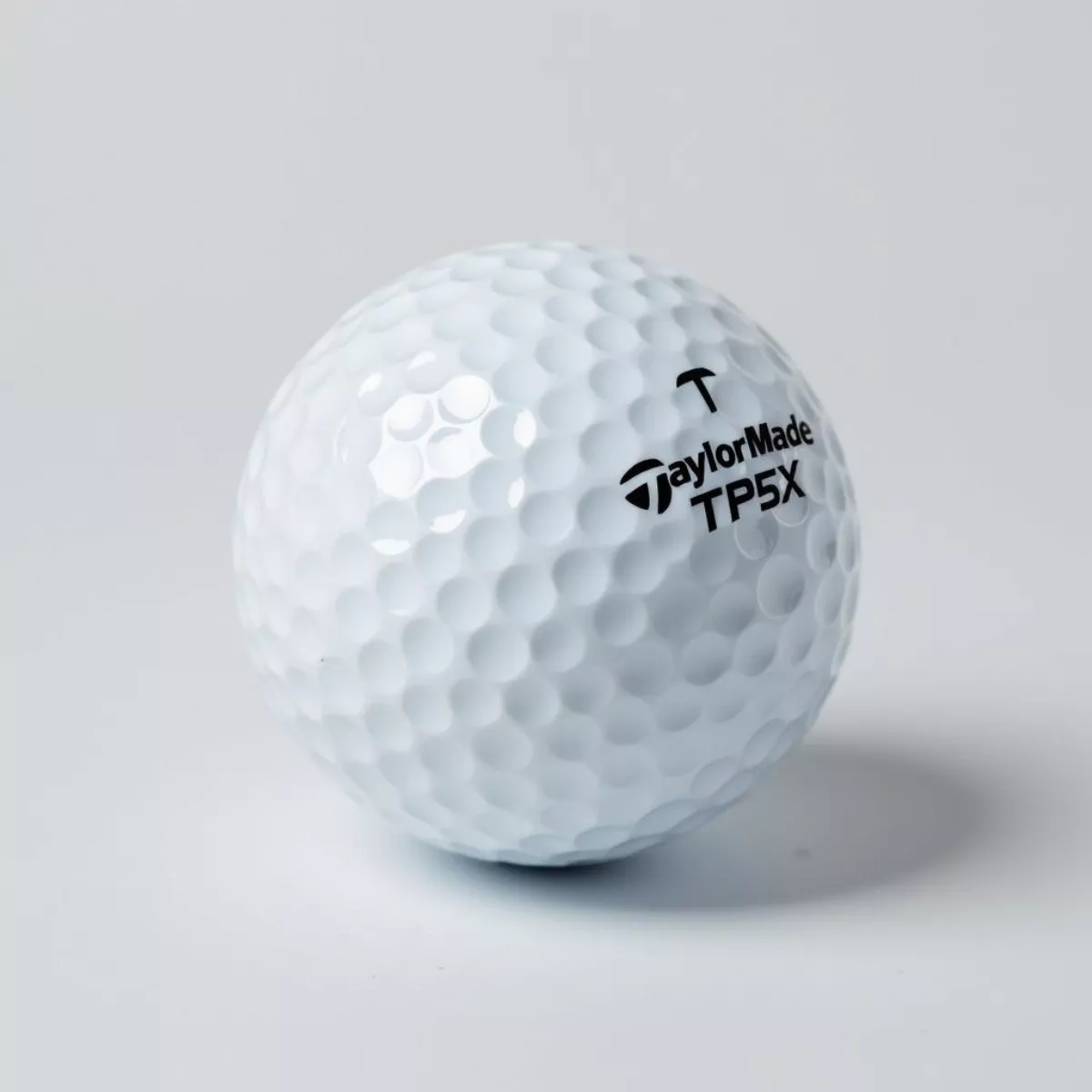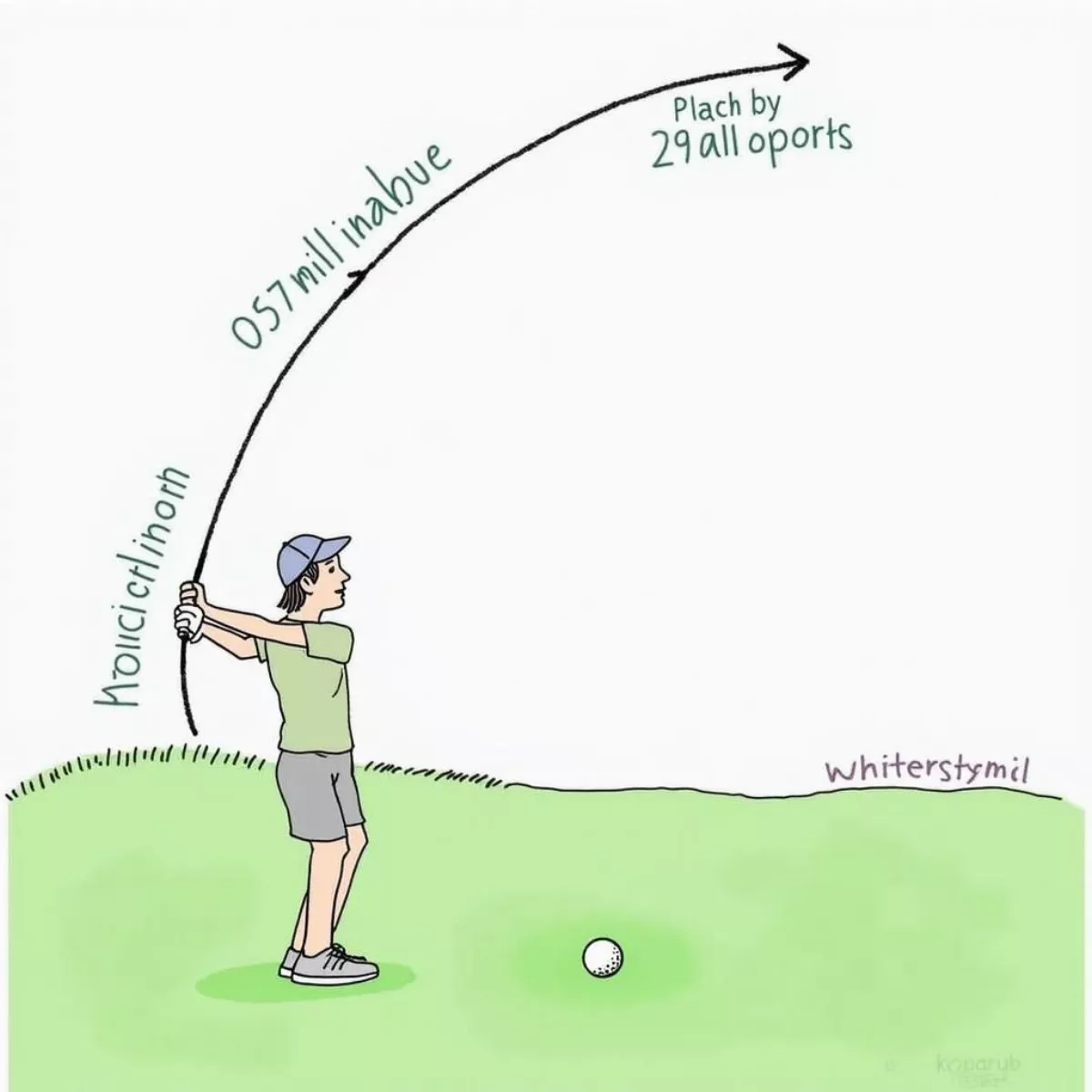Golf is a game of finesse, skill, and, importantly, swing speed. When it comes to optimizing your game, understanding the right equipment for your swing is crucial, especially when choosing the best golf ball. One of the premier golf balls on the market today is the TaylorMade TP5X. But what swing speed do you need to maximize the potential of the TP5X? Let’s dive deep into this topic and equip you with the knowledge you need to enhance your golfing experience.
What Is Swing Speed?
Swing speed is the velocity at which the clubhead moves during your golf swing. It’s a significant factor that impacts the distance and accuracy of your shots. In layman’s terms, faster swing speeds can lead to longer shots, but they also require greater control and precision.
Understanding your swing speed can dramatically affect how well you perform on the course. Golf balls are designed with specific characteristics that cater to various swing speeds, allowing players to choose a ball that complements their unique playing style.
The Importance of Choosing the Right Golf Ball
When selecting a golf ball, it’s essential to consider your swing speed:
- A lower swing speed (usually less than 85 mph) benefits from a softer golf ball, enabling better control and feel around the greens.
- A mid-range swing speed (between 85-105 mph) often prefers a ball that offers both distance and feel.
- A higher swing speed (over 105 mph) typically benefits from a harder ball that provides maximum distance and spin due to quicker ball compression.
The TP5X: A Golf Ball for Higher Swing Speeds
The TaylorMade TP5X golf ball is designed specifically for players with higher swing speeds (around 100 mph or more). This ball boasts a 5-layer construction that offers significant benefits, including enhanced distance, improved feel, and optimal spin control.
 TaylorMade TP5X Golf Ball
TaylorMade TP5X Golf Ball
Key Features of the TP5X:
- 5-Layer Construction:
- Core: For explosive distance.
- Inner Mantle: Enhances ball speed.
- Outer Mantle: Offers precise spin.
- Cover: Made of ultra-thin urethane for better control.
- High Compression: Ideal for players with a swing speed around or above 100 mph.
- Low Drag Aerodynamics: This design reduces air resistance, aiding distance.
What Swing Speed Is Needed for the TP5X?
While there isn’t a one-size-fits-all answer, the generally accepted swing speed range for effectively using the TP5X is approximately 100-110 mph. However, players exceeding that range may also leverage the benefits of this ball, thanks to its unique construction and performance features.
Swing Speed and Distance
Your swing speed influences how the TP5X performs in terms of distance. Let’s look at average distance improvements based on swing speed:
| Swing Speed (mph) | Average Carry Distance (yards) | TP5X Performance |
|---|---|---|
| 90 – 95 | 230 – 240 | Increased carry with optimal spin. |
| 100 – 105 | 250 – 260 | Maximum distance with great control. |
| 110+ | 270+ | Unmatched performance & speed. |
 Golf Ball Flight Trajectory
Golf Ball Flight Trajectory
Factors Beyond Swing Speed
While swing speed is a critical factor for selecting the TP5X, other aspects can affect performance as well:
- Clubhead Speed: This refers to how fast the club is moving at impact. A higher clubhead speed increases distance.
- Technique: The skill with which a player swings the club plays a significant role. An inefficient technique can negate the benefits of even the best golf ball.
- Environmental Conditions: Wind, altitude, and humidity can all affect how far your ball travels and its overall performance.
Tips for Optimizing Your Swing Speed
To help you get the most out of the TP5X, consider the following tips to optimize your swing speed:
- Work on Your Technique: Invest time in refining your swing to achieve better speed and control.
- Strength Training: Building your core and lower body strength can increase your swing speed.
- Regular Practice: Similar to any sports skill, practice consistently to improve muscle memory and swing efficiency.
Quotes to Remember
“Golf is a game of inches and understanding how to maximize each swing can make all the difference.” – Unknown
 Golfer Perfecting Swing Technique
Golfer Perfecting Swing Technique
Key Takeaways
- Swing Speed is crucial for selecting the right golf ball.
- The TaylorMade TP5X is best suited for players with a swing speed of 100-110 mph.
- Consider factors like clubhead speed, technique, and environmental conditions when evaluating performance.
- Improving your swing through technique and strength can influence your game’s success.
Frequently Asked Questions (FAQs)
1. Can I use the TP5X with a lower swing speed?
- While the TP5X is optimized for higher swing speeds, players with lower speeds may find it too hard and could benefit from a softer ball.
2. How can I measure my swing speed?
- You can measure your swing speed using a launch monitor, which provides accurate data about your swing.
3. What other golf balls are suitable for different swing speeds?
- For lower swing speeds, consider the Srixon Soft Feel; for mid-range, try the Callaway Chrome Soft. Each offers unique characteristics.
4. Can swing speed improve with practice?
- Yes, through technique improvement and strength training, golfers can increase their swing speed over time.
5. What is the impact of swing speed on spin?
- Generally, a faster swing speed leads to increased spin, which can provide better control and performance around the greens.
6. How does temperature affect swing speed?
- Cooler temperatures can reduce the elasticity of the ball, potentially affecting its performance.
7. Should I switch to the TP5X if I improve my swing speed?
- If your swing speed increases to 100 mph or more, switching to the TP5X could enhance your game.
8. What’s the ideal ball for over 110 mph swing speed?
- Players swinging over 110 mph might still enjoy the benefits of the TP5X but can also consider other premium balls designed for maximum performance.
By understanding the interplay between swing speed and equipment like the TP5X, you can make informed decisions that improve your overall performance on the golf course. Happy swinging!

